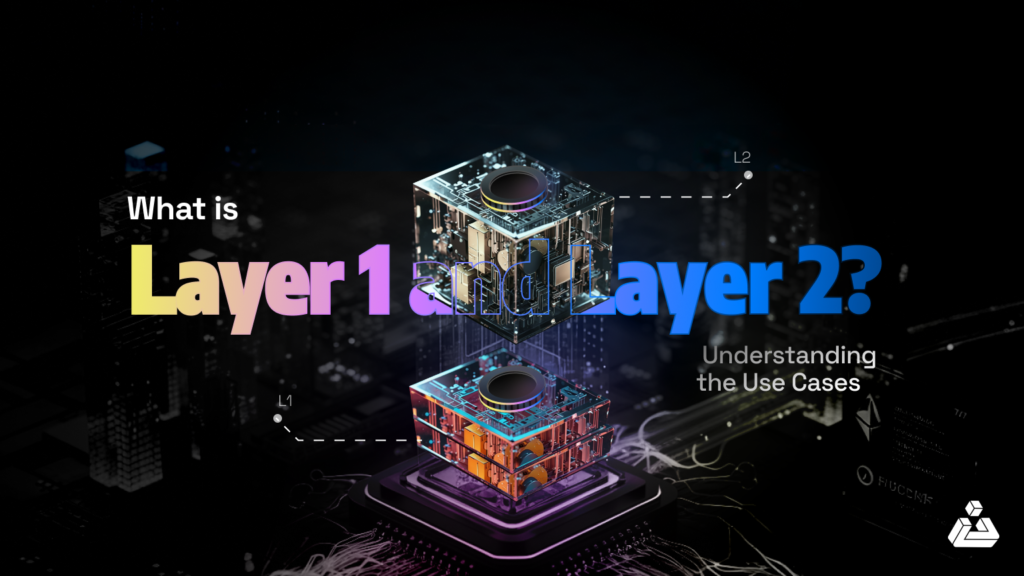In Blockchain, achieving privacy and anonymity has been quite a quest. We discussed another approach put forward by Vitalik before. In this article, let’s have a look at Ethereum and how it strives to address this idea.
Ethereum, the pioneering smart contract platform, has revolutionized how we interact with value and data. However, a fundamental tension exists within its core: the need for transparency, a cornerstone of blockchain technology, and the desire for privacy in certain aspects of financial transactions and dApp interactions. This article delves into the complexities of balancing these seemingly opposing forces on the Ethereum blockchain
Historically, the Ethereum blockchain, while celebrated for its transparency, has not been immune to privacy concerns. Incidents such as the DAO hack and subsequent debates over transaction reversibility have underscored the need for enhanced privacy measures without compromising the integrity and trust inherent in the blockchain.
Transparency: The Power of Public Ledgers
Ethereum operates on a public ledger, a shared record that meticulously catalogs every transaction and interaction that has ever occurred on the network. This level of transparency is not just a feature; it’s a foundational principle that offers multiple benefits, deeply embedded in the ethos of blockchain technology.
Immutability
On the Ethereum blockchain, once a transaction is confirmed, it becomes part of an indelible record. This permanence is secured through cryptographic hash functions, linking each block to its predecessor in a tamper-evident chain. For instance, consider a digital art marketplace on Ethereum. When an artwork is sold, the transaction is recorded on the blockchain, providing a permanent, unforgeable record of ownership. This not only deters fraud but ensures that the provenance of digital assets can be traced back through every previous owner, establishing a clear chain of custody.
Verifiability
The public nature of Ethereum’s ledger allows anyone to verify the details of a transaction without needing to trust a third party. This feature is crucial in applications such as decentralized finance (DeFi) platforms, where users can lend, borrow, or trade assets. For example, a user considering investing in a DeFi project can independently verify the project’s transaction history, total value locked, and smart contract interactions. This transparency helps users assess the project’s legitimacy and risk, contributing to a fairer and more secure ecosystem.
Openness
The open-access model of Ethereum’s public ledger encourages a community-driven approach to security and trust. Every participant, from individual users to large institutions, has the ability to scrutinize network activity. This level of openness can deter malicious activities since anyone can detect and report suspicious behavior. For instance, in the case of a decentralized autonomous organization (DAO), all proposals and funding distributions are recorded on the blockchain. Members can easily review these transactions, ensuring that the organization’s resources are managed transparently and according to the collective decisions of its members.
Privacy Concerns: The Need for Secrecy
While the transparency of Ethereum’s public ledger offers numerous benefits, it also raises significant privacy concerns. The same features that promote trust and accountability can, paradoxically, compromise privacy in various contexts. The challenges include:
Financial Surveillance
Every transaction on the Ethereum blockchain, including wallet addresses and the amounts transferred, is publicly accessible. This level of transparency can inadvertently lead to financial surveillance, where entities can monitor and analyze the financial activities of individuals without their consent.
Identity Exposure
The transparent nature of transactions on the Ethereum blockchain poses a risk of identity exposure. While Ethereum addresses are pseudonymous, the ongoing interaction patterns and transactions can be analyzed to deduce the address holder’s real-world identity.
Competitive Disadvantage
For certain business applications, transparency can inadvertently lead to a competitive disadvantage. Companies using Ethereum for supply chain management, for example, might find that their transaction data—revealing the frequency, quantity, and timing of supplies moved—could be analyzed by competitors. This could expose strategic information such as inventory levels, supplier relationships, and production schedules, potentially undermining the company’s competitive edge.
Striking the Right Balance: Techniques and Solutions
Recognizing the need for both transparency and privacy, developers have devised various approaches to navigate this challenge:
Zero-knowledge Proofs (ZKPs)
Among the arsenal of privacy-preserving technologies, ZKPs stand out for their ability to validate transactions without revealing any underlying data. Imagine proving your identity to a security system without showing your ID; that’s ZKPs simplifying complex privacy challenges on Ethereum. This cryptographic technique allows users to interact with smart contracts while ensuring their data remains private, offering a new dimension to the privacy vs. transparency debate.
Mixing Services
These anonymization tools shuffle transactions with others, making it challenging to trace their origins and destinations. This method is akin to blending into a crowd, where the collective movement obscures individual actions. An example of this is Tornado Cash.
Layer-2 Solutions
Solutions like zkSync and Polygon provide scalability and, in some instances, privacy enhancements by processing transactions off the main Ethereum chain. These platforms can integrate privacy features that are difficult to implement on the base layer.
Privacy-Focused Chains
Projects like Zcash and Monero have pioneered privacy in the cryptocurrency space. Their technologies, applied within Ethereum’s ecosystem, could offer users the option to transact with greater anonymity.
What is the use of all this? How does this reflect on real life?
Consider a healthcare application on Ethereum that manages sensitive patient records. Using ZKPs, this application can verify a patient’s eligibility for a treatment or a drug without revealing their medical history. Similarly, in a voting system, ZKPs can ensure the vote’s validity while keeping the voter’s choice secret.
A Continuously Evolving Landscape
Balancing transparency and privacy on Ethereum is an ongoing challenge. With advancements in cryptography and innovative solutions emerging, the landscape is constantly evolving.
Factors to consider include:
Regulation
The regulatory environment surrounding blockchain technology is in a state of flux, with new policies and guidelines emerging across different jurisdictions. These regulations are pivotal in shaping how privacy is managed on the blockchain.
Scalability
Implementing privacy-preserving techniques can sometimes come at the expense of scalability, requiring careful trade-offs. Privacy-preserving methods, such as Zero-knowledge Proofs (ZKPs), offer robust privacy features but can be computationally intensive, potentially affecting the network’s ability to handle large volumes of transactions efficiently.
User Adoption
At the heart of Ethereum’s evolution towards better privacy features is user demand. The widespread adoption of privacy-focused solutions is contingent upon their perceived value and ease of use by the end-users. As more people become aware of the importance of privacy and the potential risks of transparent ledgers, the demand for sophisticated privacy features grows. Engaging with the community, understanding their needs, and educating on the benefits of privacy are essential steps in fostering an environment where privacy-focused solutions become the norm rather than the exception.
Conclusion
Ethereum plays a pivotal role in shaping the future of decentralized finance and dApps. Striking a balance between transparency and privacy will be crucial for widespread adoption and user trust. As the Ethereum ecosystem continues to grow and innovate, we can expect to see a diverse range of solutions emerge, facilitating the responsible use of blockchain technology while safeguarding user privacy.
At BlockApex, we understand the delicate balance between privacy and transparency. We meticulously craft applications tailored to your business needs without compromising on security or efficiency, ensuring a frictionless blockchain experience.































